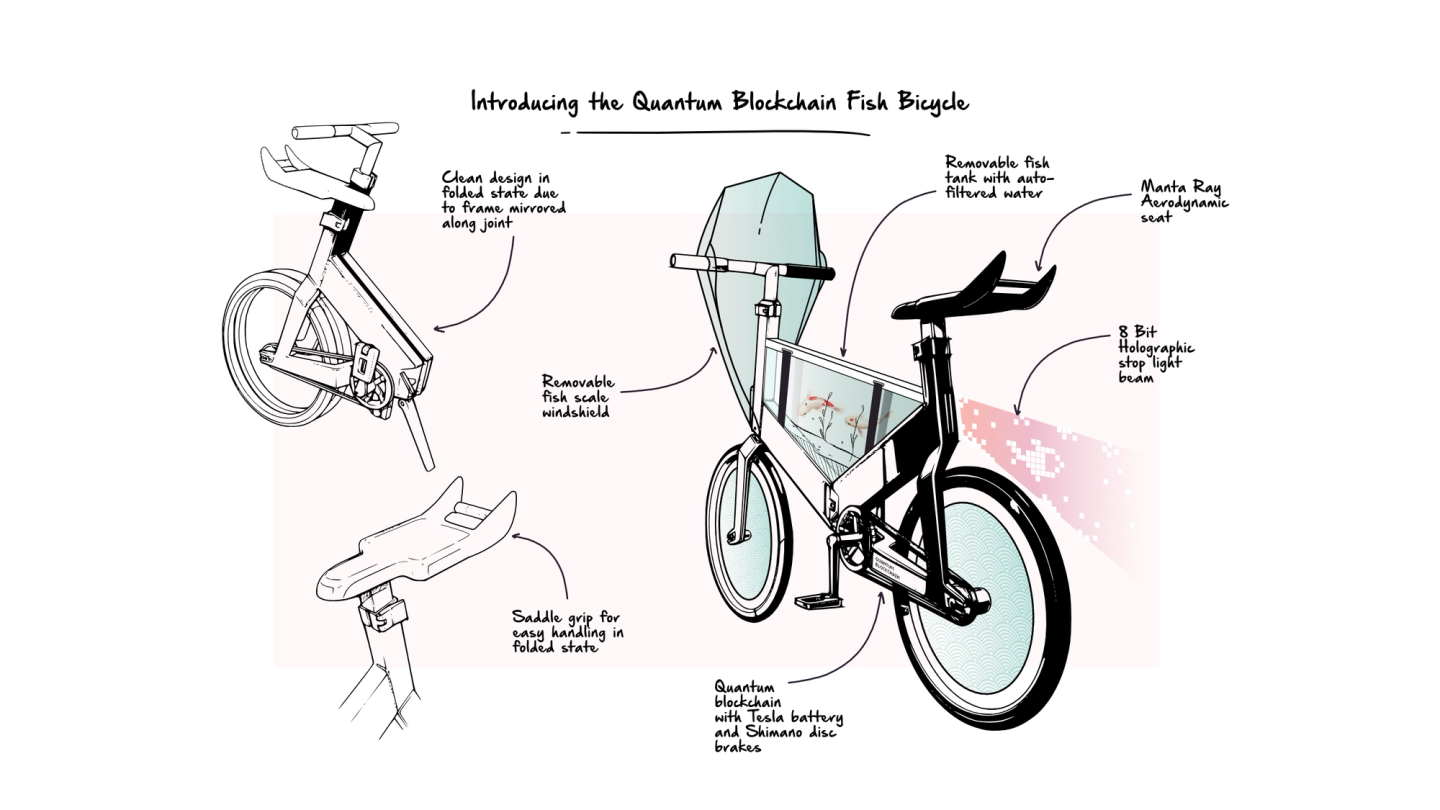
OUR THOUGHTSTechnology
Product validation through continuous discovery
Posted by Gareth Evans . Nov 01.23
The tools and techniques to make sure we’re building the right thing are available to any enterprise. Are you really making use of them?
Google invented the design sprint way back in 2010 as a means of validating what’s built. Yet more than a decade on, it’s still surprisingly rare to find organisations that use this proven way of working and embed it into a habitual, everyday practice as part of continuous product improvement.
This is especially the case in Aotearoa where the transition from project to product thinking is still at a relatively early stage. Few enterprises have invested in building the teams to do it and fewer still consider their team’s work as part of Value Stream integration focused on delighting customers. Without effective product validation efforts and continuous product improvement based on rapid prototyping methods, you’re wasting effort, disappointing customers and diverting resources away from things that might deliver much more value.
The process of building the right thing (as opposed to building the thing right), is a critical skill for any organisation – from startups pivoting towards value, disrupted cash cows that have lost their innovation gene and any other business mired in complacent entropy and mediocrity. And the good news is that validation processes have evolved, become more accurate and are simpler to adopt.
It’s never been easier to identify customer value signals in new concepts, business models and feature ideas. It can be done both qualitatively and quantitatively in short cycle times, often without the need to engage external agencies and gift them a mountain of money.
We can do all these things…
- Introduce growth hacking techniques to scrape and interpret data into insight, then use it to identify our audience and grab their attention by many marketing means
- Build, tear down and rebuild landing pages in hours to test many journeys
- Engage funnel managers to build personalised, multi-variant messaging and any number of teaser steps to entice audiences into consideration and purchase. These same methods can be used to validate the appeal of yet-to-be-built features
- Use social media platforms to target very specific audiences and then capture their behaviour with customer insight tools and real-time, in-depth analytics
- Rapid, in-person research using any form of survey, paper prototypes and/or rapid prototyping methods in apps like Sketch or Figma
- It is also true that the skilled 'researcher' understands the deep psychology of latent customer needs, wants and desires and can structure their interactions to maximise this insight
- Finally, we know a lot more about RICE, Cost of Delay, ‘Value Filtering’ and how we might decide what to build first
All of this helps us discern value from noise, dodge the bias and build clear blue water between us and the competition. In progressive businesses, these validation processes are used extensively by small teams of people to increase the chances that the overall Value Stream is building the right things for customers. And they’re doing it in low-cost rapid cycles in tandem with delivery sprints. You can do this too.
At HYPR, we call this capability ‘Continuous Discovery' and it’s a critical component of your holistic customer value delivery system. We can help you create one aligned team with continuous flow of the highest value output. How does that sound?
More
Ideas
our thoughts
Is AI the golden age for technologists?
Posted by The HYPR Team . Oct 27.25
The technology landscape is experiencing a profound change that extends beyond the capabilities of Artificial Intelligence tools. We’re witnessing a fundamental shift in how people engage with technology, build software and think about their careers in the digital space. This shift raises a compelling question... Are we entering a golden age for technologists?
> Readour thoughts
The IT fossil record: layers of architectural evolution
Posted by The HYPR Team . Oct 20.25
The metaphor of an IT fossil record captures something interesting about how architectural thinking has evolved over decades. Like geological strata, each architectural era has left its mark, with some layers proving more durable than others. The question remains whether we’ve reached bedrock or continue to build on shifting sands.
> Readour thoughts
OKR mythbusters: debunking common misconceptions about objectives and key results
Posted by The HYPR Team . Oct 13.25
The rise of Objectives and Key Results has been nothing short of meteoric over the past 15 years. What started as a Silicon Valley method used by a select group of tech companies has evolved into a global business framework adopted by organisations across every industry.
> Readour thoughts
Team Topologies – team interaction mapping
Posted by The HYPR Team . Oct 09.25
Organisations worldwide struggle with the same fundamental challenge – translating strategic objectives into customer value while maintaining team effectiveness and individual wellbeing.
> Readour thoughts
A guide to Wardley Mapping
Posted by Daniel Walters . Sep 22.25
Organisational leadership often feels reactive rather than strategic. Teams make different decisions when faced with similar challenges because they lack context, creating inefficiency and frustration.
> Read